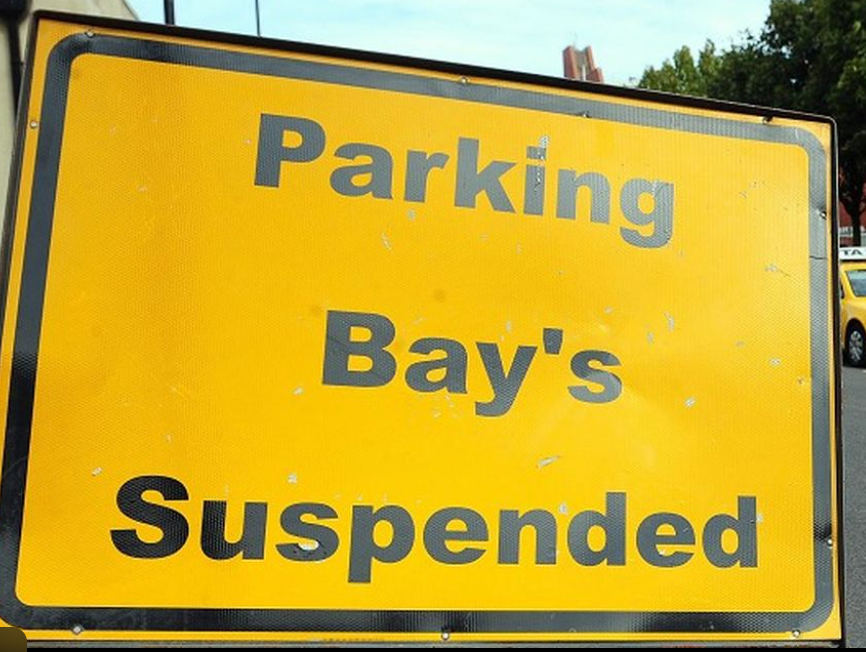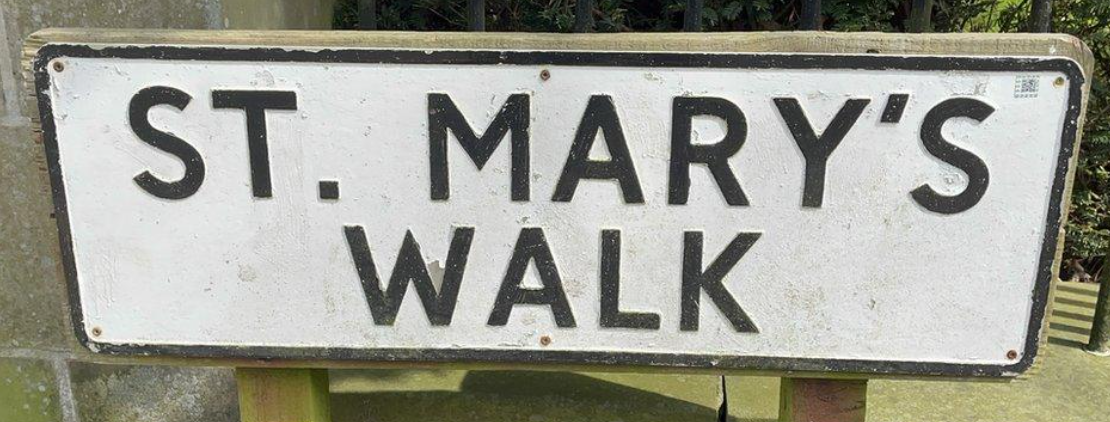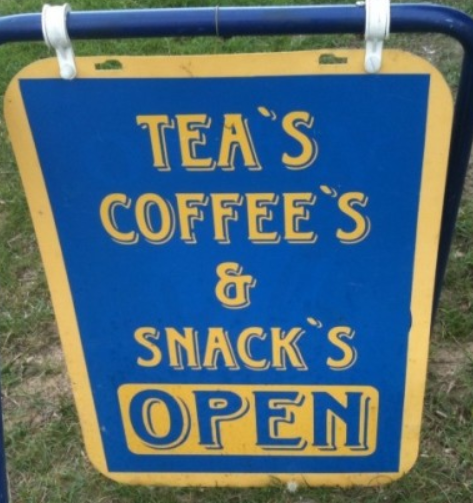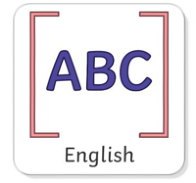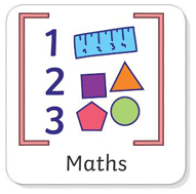Tuesday 4th November
Grammar Warm Up
LC: to create accurate sentences with relative clauses using the success criteria

Let's read the sentences aloud with Kung-Fu punctuation.

Now make some of your own following the model above using Kung-Fu punctuation.
My brother, ................................................................................., came to visit us last week.
My sister, ...................................................................................., has just won a school prize.
Mr Smith, ......................................................................................, plays the guitar in a rock band.
LC: to draw inferences around characters' thoughts and feelings and justify with evidence from the text using point and evidence.
'... it all began with the empty chair...'
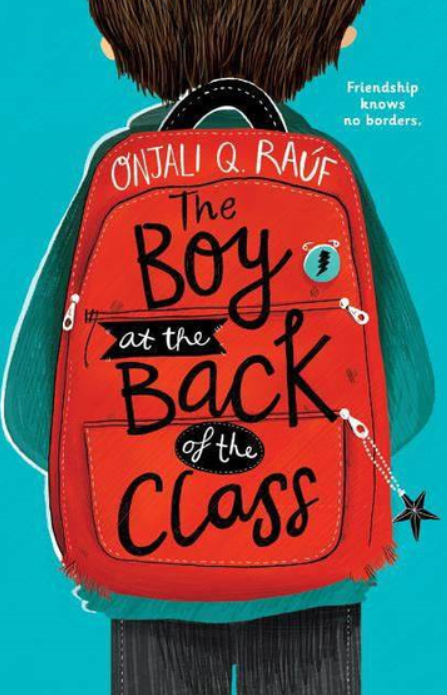
Let's read the first paragraph together and see how the author creates an interesting beginning to her story that makes us want to read on.
Talk to your partner:
- What have we learnt in the story so far? (who/what/where/when?)
- who is the main character? What do we learn about them?
- what is a narrator?

Let's look at the characters in more detail.
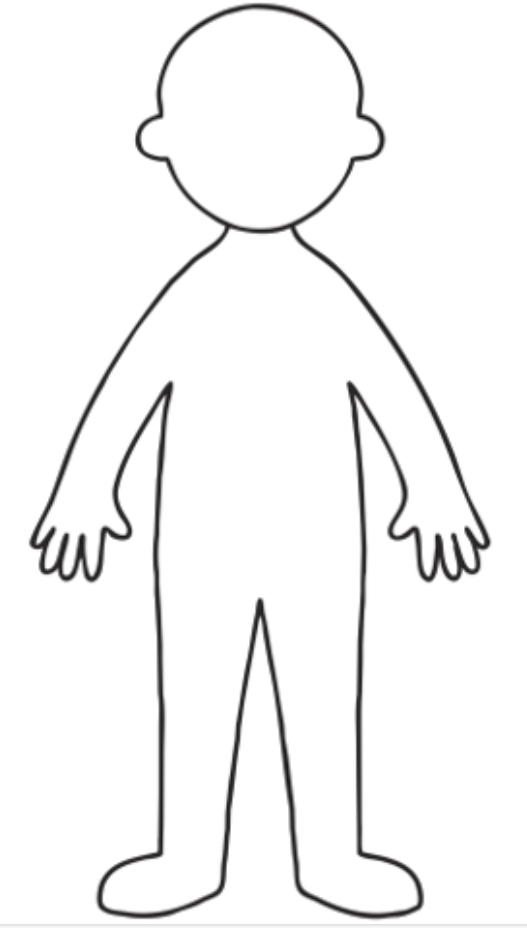
What do we learn about:
- Mrs Khan
- Tom
- Josie
- Michael
- Mrs Sanders
- the narrator ?
04/11/25
LC: To multiply a 4-digit number by a single-digit number with renaming.



LC: Can we use our observation skills to notice the effects of friction?

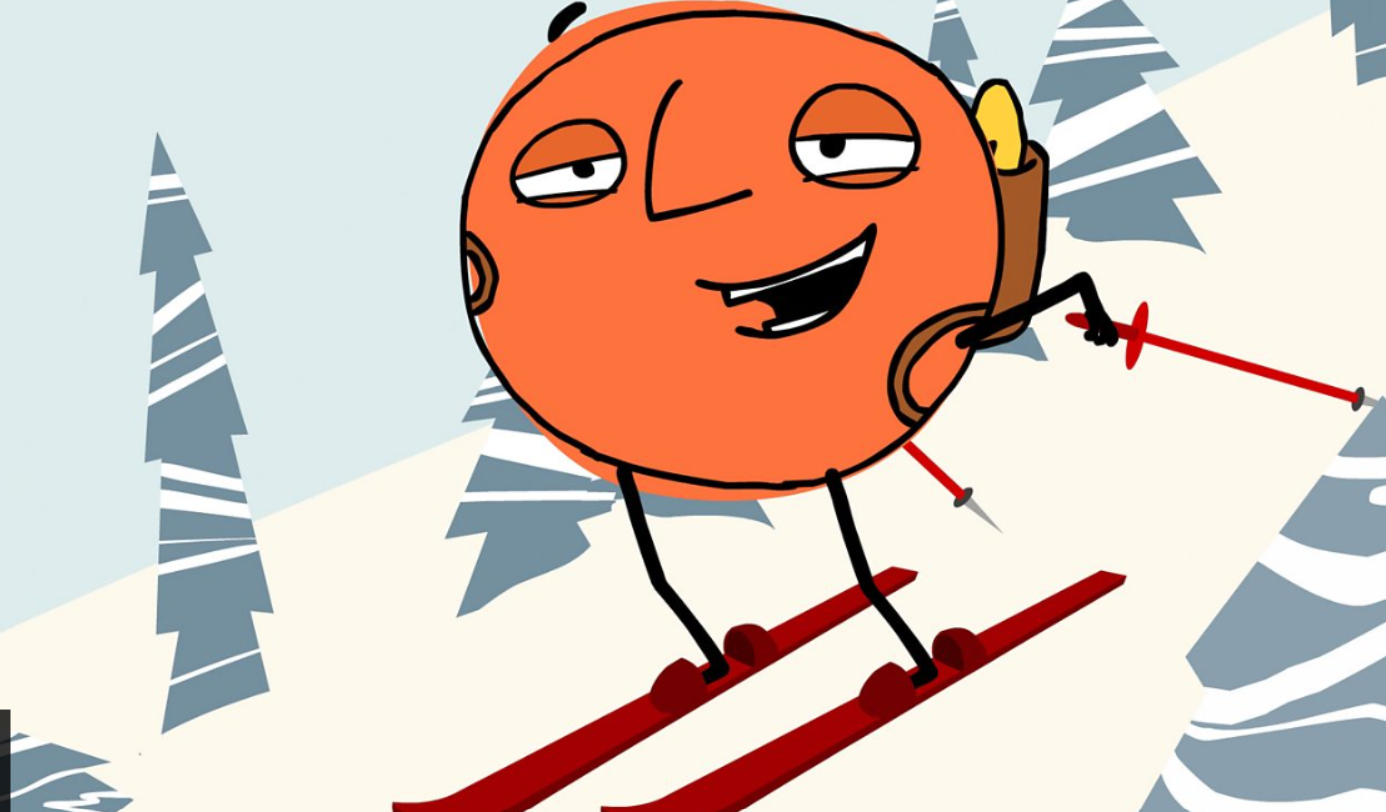
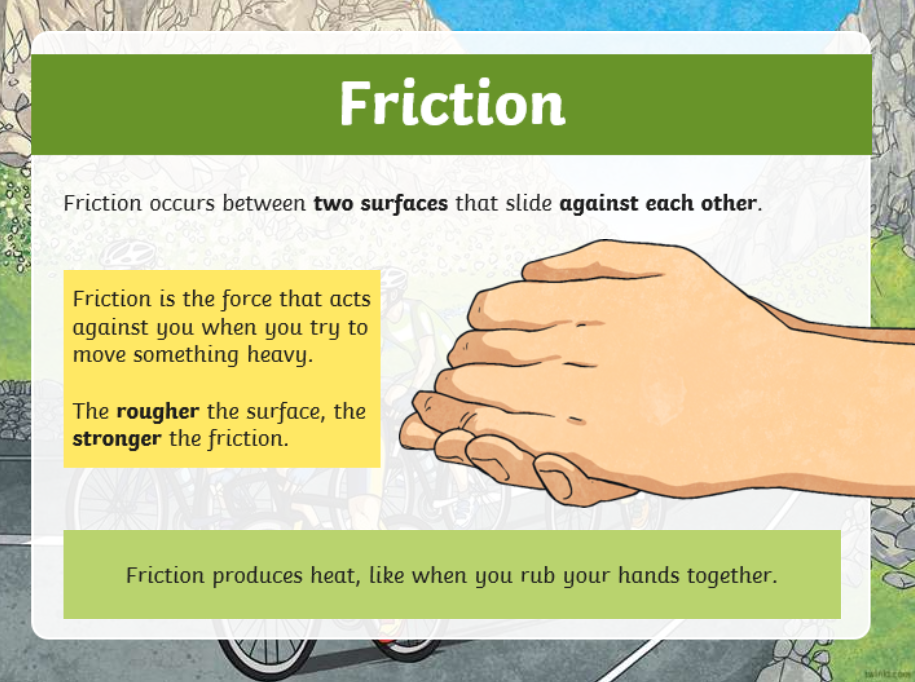
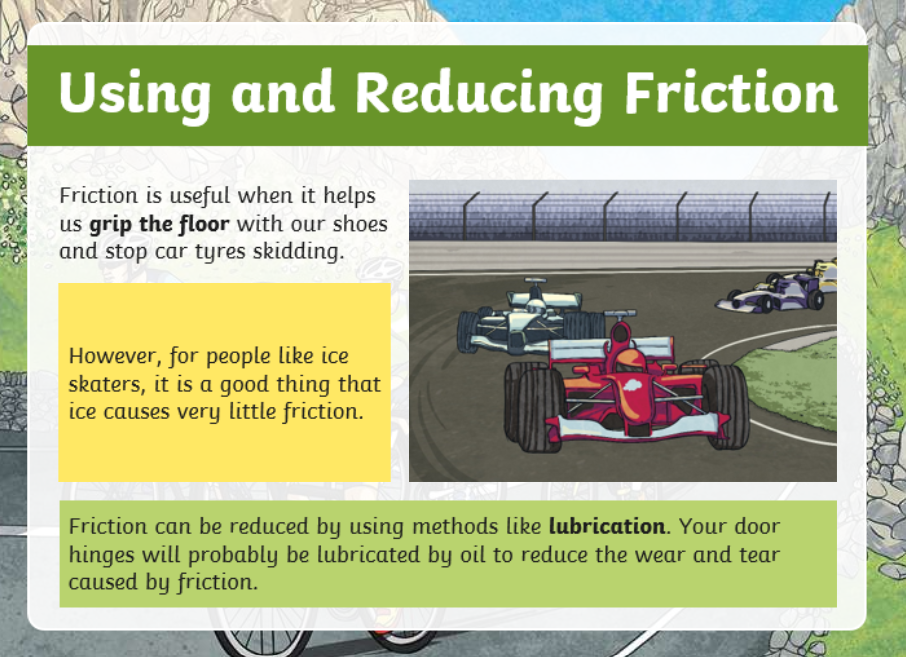
Task: Sort the Examples into the correct columns (high friction/low friction) on your worksheet
- slippery slide
- running shoes
-bicycle brakes
- rubbing hands together
-ice skates
- car tyres
-icy conditions
-sandpaper
-soapy hands
-gravelled path
LC: To make plurals by adding ‘–s’, ‘-es’ and ‘-ies’.
Plural words are words that show more than one person, animal, thing, or idea.
For example:
-
Cat → Cats (more than one cat)
-
Book → Books (more than one book)
-
Child → Children (more than one child)
💡 Most words just add -s or -es to become plural, but some words change completely, like man → men or mouse → mice.
💡 Nouns ending in a hissing/buzzing/shushing sound add ‘-es’ because it makes it easier to say.
💡 Nouns ending in ‘-y’ change the ‘y’ to ‘i’ and add ‘-es’
💡 Several nouns ending in ‘o’ add ‘-es’ (potato), but newer words just add ‘-s’ (radio).
Activity
1. Your teacher will write a word and you need to write the plural as quickly as possible on your whiteboards.
2. Check your answers in pairs.
3. Let's go through the whole list as a class and discuss any tricky ones.
LC: To use apostrophes for contraction and possession.
Apostrophe for ContractionApostrophes show that letters have been left out when two words are combined.
| Contraction | Words | Explanation |
|---|---|---|
| I’m | I am | The “a” is missing |
| don’t | do not | The “o” is missing |
| she’s | she is | The “i” is missing |
| we’ll | we will | The “wi” is missing |
Contractions make writing faster and more informal.
Apostrophe for Possession
Apostrophes show ownership—who something belongs to.
a) Singular possession – add ’s to one person/thing:
-
The dog’s bone → The bone belongs to one dog
-
Emma’s hat → The hat belongs to Emma
b) Plural possession – add an apostrophe depending on the plural form:
-
If the plural ends in s, just add ’:
The teachers’ room → Room for many teachers
-
If the plural does not end in s, add ’s:
Children’s toys → Toys for the children
Activity
Let's play ‘Hunt the mistake’.
1. With your talk partner, look at the images below and discuss the errors.
2. In your spelling journals, re-write correctly.
